From Wall Street to the Great Wall: How to Invest in China
$14.49
| Author(s) | , |
|---|---|
| Pages |
224 |
| Format |
|
| Publication Year |
2007 |
From Wall Street to the Great Wall: How to Invest in China by Jonathan Worrall and Peter O’Shea provides a rare insider’s perspective on navigating one of the world’s most dynamic and complex markets—China’s evolving financial landscape. This book bridges Western investment strategy with Eastern economic transformation, guiding readers through the opportunities and pitfalls of participating in the Chinese growth story.
The authors, both seasoned finance professionals, demystify China’s economic rise and its implications for global investors. They examine how the country’s rapid industrialization, expanding middle class, and evolving regulatory framework are reshaping the global investment environment. More than a theoretical overview, this work serves as a strategic blueprint for allocating capital intelligently within China’s unique business ecosystem.
Worrall and O’Shea blend macroeconomic analysis, cultural insight, and on-the-ground financial experience to explain what makes the Chinese market distinct. They dissect the structure of Chinese corporations, the nuances of state influence, and the strategic importance of sectoral focus—including technology, manufacturing, infrastructure, and consumer markets. Readers gain a practical understanding of how to evaluate local companies, navigate the limitations of transparency, and anticipate government-driven policy cycles.
The book also explores the tension between Wall Street-style capitalism and China’s state-directed model, offering an honest discussion of risks such as political shifts, capital flow restrictions, and currency volatility. Yet, the authors maintain an optimistic stance: for investors who combine patience, discipline, and cultural intelligence, China remains one of the most compelling long-term opportunities in the modern world.
From Wall Street to the Great Wall is essential reading for portfolio managers, analysts, and independent investors seeking to move beyond Western markets and engage meaningfully with Asia’s economic powerhouse. With clarity and authority, Worrall and O’Shea equip readers to understand not only how to invest in China, but how to think globally in an era of shifting financial gravity.
Contents:
- An Economic History of China
- Worldwide Change and the Globalization of Investments
- Economic Forces at Work
- Emerging Investment Themes: Global Supply and Demand
- Stock Markets: Domestic and International
- An Investor’s Road Map into China
- Developing a China Strategy
- An Analysis of Chinese Stocks and Funds
- The World of Tomorrow
- Research in the New Global Investment Environment
From Wall Street to the Great Wall: How to Invest in China By Jonathan Worrall, Peter O'Shea pdf
1 review for From Wall Street to the Great Wall: How to Invest in China
Clear filtersOnly logged in customers who have purchased this product may leave a review.

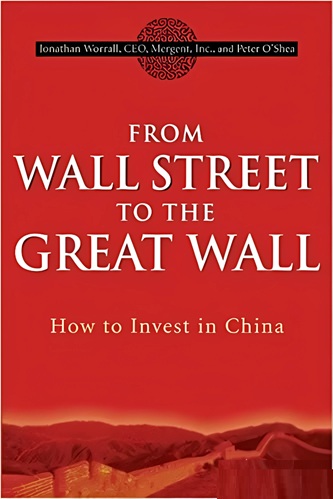

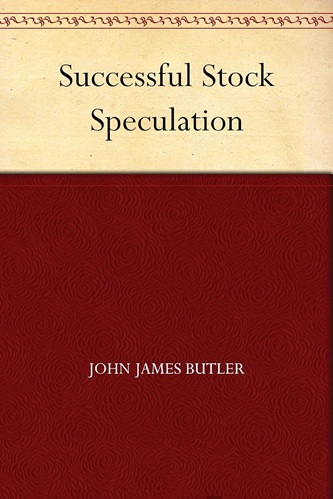
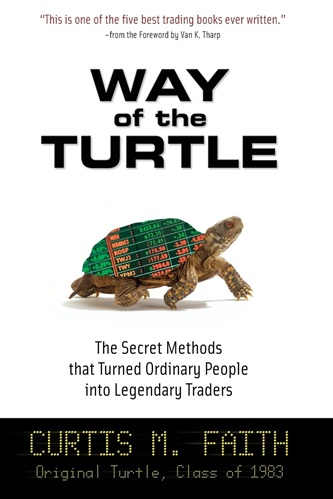
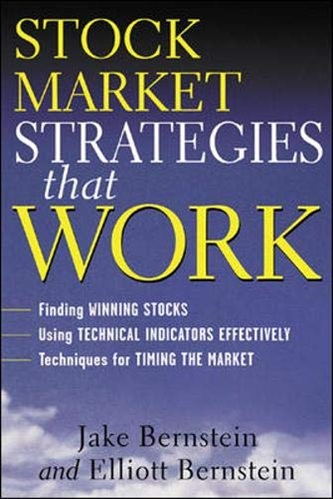
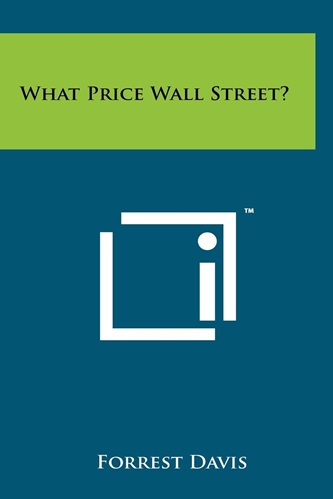
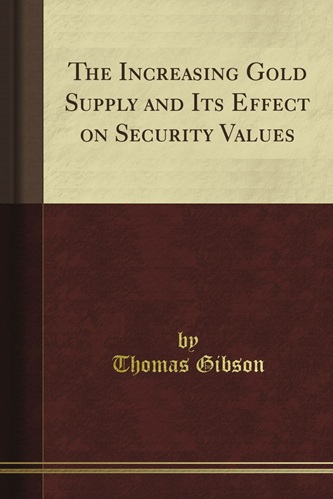
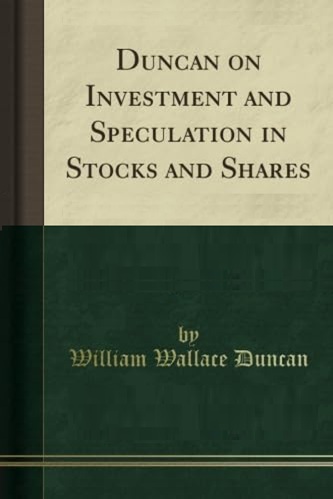
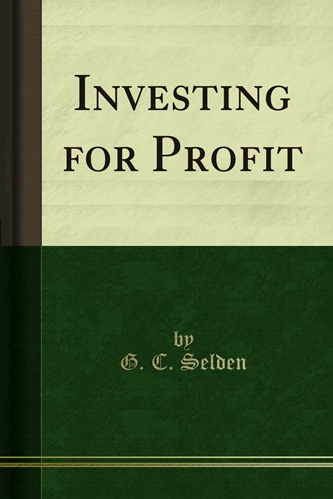
Arianna Jensen (verified owner) –
This book is based on outdated and incorrect statistics that have been reexamined by the World Bank in 2007 and found to contain gross errors. China does not have a gross domestic product in the $10-$11 trillion range,as compared to the American gross domestic product of nearly $13 trillion.China’s economy had a gross domestic product of not more than $6 trillion. The same kinds of errors exist with respect to China’s yearly growth rate.The annual growth rate is ,in fact,about half of what China has claimed it to be.
Another error concerns the buying power of China’s alleged large middle class.The errors in the estimates of the size of China’s “growing ” middle class are also large. China’s middle class may number no more than 100 million out of a population of 1.4 billion.
The recommendations in this book are highly dubious. It is a well known fact that 2nd and 3rd World statistics are ,in general,unreliable ,inaccurate,and always open to major revisions.
Readers of this book need to get their hands on the latest 2007 World Bank report. Many other such countries have also had major downward revisions done to their gross domestic product estimate,annual growth rate estimates ,and purported size of their middle classes in this report.